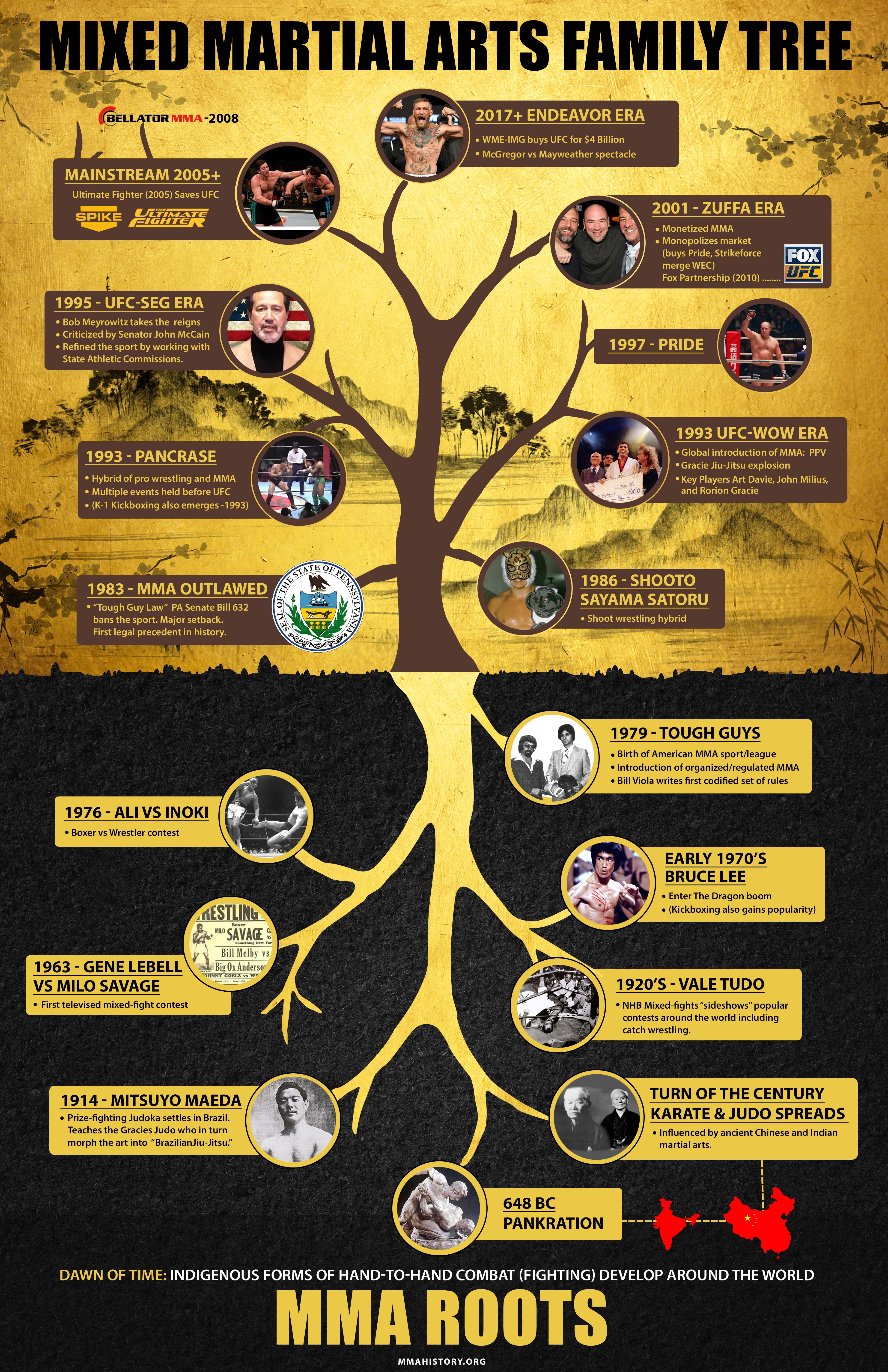Enter The Exciting Journey Of Martial Arts, Where Old Practices Collide With Modern Techniques, Disclosing Secrets That Remain To Shape Today's Battle Society
Enter The Exciting Journey Of Martial Arts, Where Old Practices Collide With Modern Techniques, Disclosing Secrets That Remain To Shape Today's Battle Society
Blog Article
Created By-Egeberg Fallon
Martial arts have a remarkable background that covers centuries and continents. You might locate it intriguing exactly how ancient techniques like Shuai Jiao and Kalaripayattu prepared for modern fight methods. These techniques not only stress physical abilities but likewise reflect the societies that birthed them. As you discover their evolution, take into consideration how globalization has changed these traditional types right into hybrid styles. What impacts do you assume have shaped today's martial arts landscape?
Ancient Martial arts: The Structures of Fight
As you delve into the globe of old martial arts, you'll uncover the rich foundations that formed combat strategies across cultures. Early practices concentrated on Self-Defense and survival, usually integrating strikes, grappling, and weapons.
In old China, for example, strategies like Shuai Jiao emphasized tosses and joint locks, while India's Kalaripayattu showcased dexterity and fluid activity. Japanese samurai created Kenjutsu, a refined swordsmanship that highlighted discipline and approach.
These martial arts offered not just for fight however likewise as a way of personal development, instilling worths like regard and perseverance. The mixing of these methods over time prepared for the diverse martial arts you see today, each showing the distinct philosophies and requirements of its society.
The Cultural Influence on Martial Arts Growth
While martial arts usually show the useful requirements of a culture, they also personify the social worths and ideas of their beginnings. When you check out different martial arts, you'll observe just how they're influenced by religion, ideology, and social norms.
For example, the emphasis on regard and discipline in Japanese martial arts comes from Zen Buddhism and samurai society. On the other hand, Brazilian Jiu-Jitsu promotes flexibility and method, formed by the requirement for performance in a varied, multicultural setting.
martial arts gi could locate that the rituals, attires, and training approaches show a community's history and identity. By recognizing these social impacts, you strengthen your gratitude of martial arts and their duty fit human experiences around the world.
Modern Adaptations and the Globalization of Martial arts
Martial arts have actually changed considerably in current decades, adapting to modern culture and worldwide influences. You'll notice that standard forms have blended with contemporary techniques, producing hybrid styles like mixed martial arts. These adaptations satisfy diverse audiences, making martial arts obtainable and appealing around the world.
With the rise of social media sites and electronic systems, you can locate tutorials and competitions from all corners of the globe, damaging geographical barriers. This globalization has actually resulted in a common admiration for different techniques, from Brazilian Jiu-Jitsu to Taekwondo.
As you engage with these arts, you'll realize they're not just about combat; they advertise fitness, discipline, and mental health.
Inevitably, modern-day adaptations have enriched the martial arts landscape, making it a vibrant and evolving method.
Final thought
In exploring the background and advancement of martial arts, you uncover a fascinating mix of techniques, societies, and ideologies. From old techniques like Shuai Jiao and Kalaripayattu to the modern flexibility seen in MMA, martial arts reflect humankind's mission for Self-Defense and individual growth. As you involve with these techniques, you not only get skills however likewise a much deeper recognition for the diverse practices that form our world today. So, continue your trip and welcome the art of combat!
